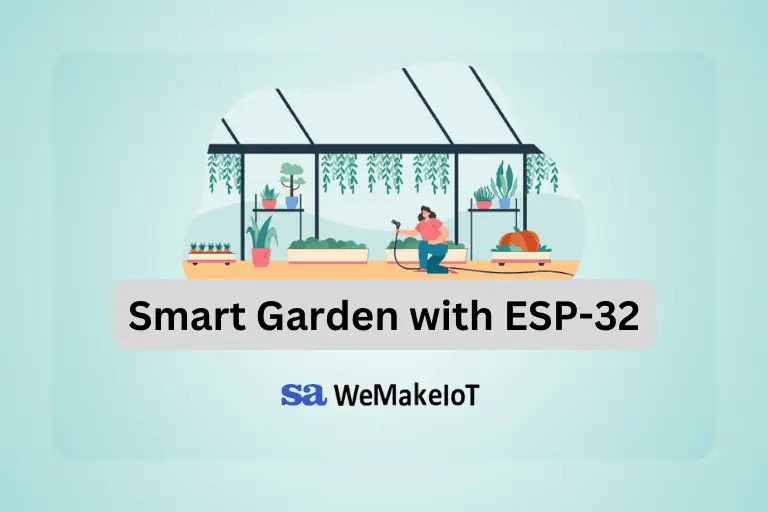Building a Smart Garden: The Role of ESP32
In the realm of sustainable urban living, smart gardens have emerged as a promising solution. These innovative ecosystems empower individuals to self-produce their yield while minimizing their environmental impact. At the heart of these systems lies the ESP32 microcontroller, a versatile and powerful device that plays a crucial role in enabling intelligent garden management.
ESP32: The Brain of the Smart Garden
The ESP32 is a versatile microcontroller designed for IoT applications. It boasts a dual-core processor, enabling it to handle complex tasks efficiently. Its wireless capabilities, including WiFi and Bluetooth, facilitate seamless communication with other devices and networks. Additionally, the ESP32 is equipped with analog-to-digital converters for measuring environmental parameters like temperature, humidity, and soil moisture. Furthermore, its pulse-width modulation output allows for precise control of devices such as irrigation motors and grow lights. To ensure data security, the ESP32 incorporates secure boot and hardware encryption features.
Key Functions of ESP32 in Smart Gardens
- Sensor data acquisition: Collecting data from sensors such as temperature, humidity, and soil moisture sensors.
- Schedule management: Implementing predefined schedules for irrigation and lighting.
- Motor control: Driving irrigation pumps and controlling the flow of water.
- LED control: Adjusting the intensity and duration of grow lights to optimize plant growth.
- Data analysis: Processing sensor data to make informed decisions about garden management.
- Remote monitoring and control: Allowing users to monitor and control their garden from anywhere using a mobile app.
Firmware Development for ESP32
To realize these functions, the ESP32 requires custom firmware. This software can be developed using C/C++ and the ESP-IDF (ESP-32 Development Framework). The firmware for a smart garden system requires several key components.
First, drivers must be developed for sensors, motors, and LEDs to ensure proper communication and control. Second, network communication protocols like HTTP and MQTT need to be implemented for data transmission and remote control. Third, algorithms for analyzing sensor data and making informed decisions must be developed. Fourth, logic for executing predefined schedules is essential for automated garden management. Finally, a simple and intuitive user interface is crucial for easy interaction with the garden system.
The ESP32 is a cornerstone of smart garden systems, providing the necessary capabilities for intelligent and efficient garden management. By leveraging its features, developers can create innovative solutions that empower individuals to cultivate their own food sustainably and contribute to a greener future. As technology continues to advance, we can expect to see even more sophisticated and integrated smart garden systems powered by the ESP32.
For any inquiries or to learn more about building your own smart garden with ESP32, feel free to contact us. We’re here to help you bring your sustainable garden to life!




